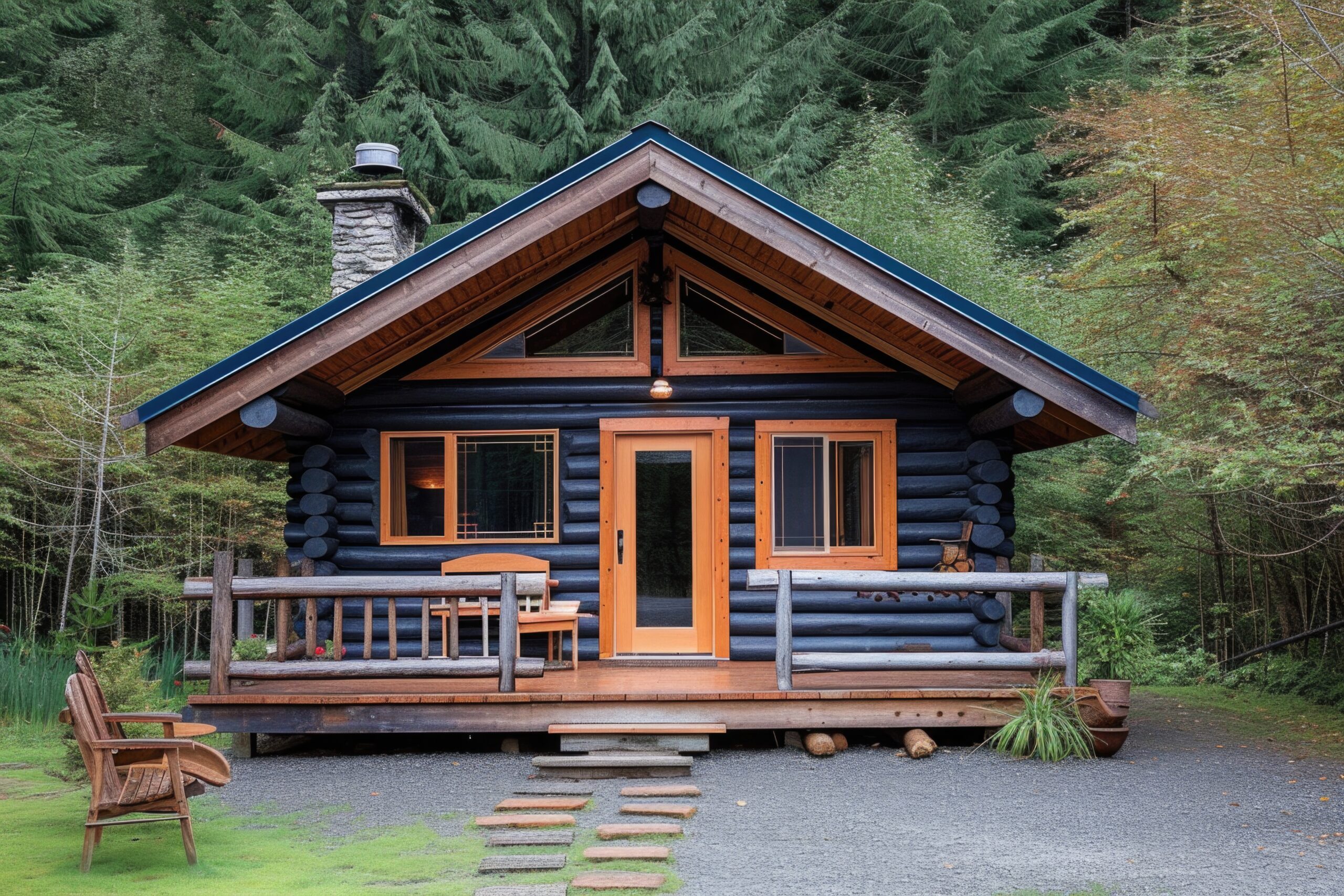Resolving conflicts promptly and professionally can turn a potentially negative experience into a positive one, fostering trust and loyalty among your guests.
Unresolved conflicts can significantly impact your business. Negative reviews can deter future guests, and word-of-mouth can spread quickly, harming your reputation. That’s why it’s essential to address and resolve conflicts as soon as they arise.
Understanding Common Sources of Conflict
Conflicts with guests often stem from a few common issues. Understanding these can help you prevent and manage them more effectively.
Miscommunication and Expectations
One of the most common sources of conflict is miscommunication. This can occur at various stages, from booking to check-out. Guests might have different expectations about the property, amenities, or house rules. For example, if the property listing isn’t accurate or comprehensive, guests may feel misled. They might expect certain amenities that are not provided or misunderstand the house rules. Clear, detailed communication can prevent many of these issues.
Property Condition and Cleanliness
Another frequent cause of conflict is the condition and cleanliness of the property. Guests expect a clean, well-maintained space. If they find issues such as broken appliances, faulty plumbing, or unclean areas, it can lead to dissatisfaction and complaints. Regular maintenance and thorough cleaning between stays are essential to avoid such problems.
Noise and Disturbances
Noise and disturbances can also lead to conflicts. This could be noise from other guests, neighbors, or even local events. For instance, if there is construction nearby or a noisy event in the neighborhood, it can disrupt your guests’ stay. Ensuring guests are aware of potential noise issues beforehand can help manage their expectations and reduce complaints.
Payment and Deposits
Disputes over payments and deposits are another common source of conflict. Guests might contest charges, misunderstand the refund policy, or dispute security deposit deductions. Clear and transparent payment policies, along with detailed explanations of any charges, can help mitigate these issues.
Guest Behavior
Lastly, conflicts can arise from guest behavior. Some guests might violate house rules, cause damage, or disturb neighbors. Setting clear expectations and having a thorough guest screening process can help minimize these occurrences. When they do happen, it’s important to handle them promptly and professionally.
Proactive Measures to Prevent Conflict
While it is not possible to prevent all conflicts, proactive measures can significantly reduce the occurrences.
Clear Communication
Start with clear communication. Make sure your property descriptions and photos are accurate and up-to-date. Detail the house rules and expectations clearly in your listings. Providing comprehensive pre-arrival information and clear check-in instructions can also help set the right expectations.
Regular Maintenance and Inspections
Regular maintenance and inspections are crucial. Schedule routine maintenance to keep everything in good working order. Implement thorough cleaning protocols to ensure the property is spotless for each new guest. Conduct regular inspections to identify and address potential issues before they become problems.
Guest Screening
Guest screening is another effective preventive measure. Implementing background checks, verifying guest identities, and assessing guest reviews and profiles can help you identify potential problem guests. This not only protects your property but also ensures a better experience for all guests.
Setting Realistic Expectations
Finally, setting realistic expectations is key. Be honest in your marketing. Ensure your descriptions and photos accurately represent your property. Be transparent about your policies on cancellations, deposits, and refunds. By setting clear, realistic expectations, you can reduce misunderstandings and conflicts.

Effective Conflict Resolution Strategies
When conflicts arise, how you handle them can make all the difference. Here are some effective strategies to help you resolve conflicts with guests smoothly.
Active Listening
The first step in resolving any conflict is to listen actively. This means giving the guest your full attention and letting them explain their concerns without interruption. Show empathy by acknowledging their feelings and validating their experiences. For instance, you might say, “I understand how frustrating that must have been for you.” This helps the guest feel heard and understood, which can go a long way in diffusing tension.
Staying Calm and Professional
It’s crucial to stay calm and professional, even if the guest is upset. Keep your emotions in check and maintain a respectful tone throughout the conversation. Remember, your goal is to resolve the issue, not to argue or prove a point. By staying composed, you can better assess the situation and find a suitable solution.
Finding Common Ground
Try to find common ground with the guest. Understanding both sides of the issue is key to finding a resolution that works for everyone. Ask the guest what they would consider a satisfactory resolution. This shows that you value their input and are committed to making things right. Sometimes, a simple apology or a small gesture, like a discount on their next stay, can resolve the issue effectively.
Prompt and Decisive Action
Once you understand the problem, take prompt and decisive action. Address the issue immediately and keep the guest informed of the steps you’re taking. For example, if the problem is a maintenance issue, arrange for it to be fixed as soon as possible and let the guest know the timeline. Following up to ensure the problem is resolved satisfactorily is equally important. This shows the guest that you take their concerns seriously.
Clear and Open Communication
Throughout the resolution process, maintain clear and open communication. Keep the guest updated on the progress and provide regular updates. This helps to build trust and reassures the guest that you are actively working to resolve their issue. Clear communication can prevent misunderstandings and ensure that both parties are on the same page.
Utilizing Technology and Tools
When it comes to resolving conflicts with guests, technology can be a great ally. The following tools and technologies can be helpful.
Automated Communication Systems
Automated communication systems can enhance your communication with guests. These systems can send pre-arrival messages, check-in instructions, and responses to common queries automatically. This ensures that guests have all the necessary information and can help prevent misunderstandings. For example, automated messages can remind guests of the check-in time and house rules, reducing the likelihood of issues.
Conflict Resolution Platforms
There are also online conflict resolution platforms that can assist in mediating disputes. These platforms provide a neutral space where both parties can discuss their issues and reach an agreement. They can be particularly useful for handling more complex disputes that require mediation. Using a third-party service can help ensure that the resolution process is fair and unbiased.
Property Management Software
Property management software can help you keep track of incidents and resolutions. These tools often include features for logging communication history and tracking issues from start to finish. By maintaining a detailed record, you can ensure that no detail is overlooked and that all steps taken are documented. This not only helps in resolving current issues but can also provide valuable insights for preventing future conflicts.

Legal and Safety Considerations
When resolving conflicts with guests, it’s important to consider legal and safety aspects to protect both your property and your guests.
Understanding Rental Laws
First and foremost, make sure you understand the local rental laws and regulations. This includes knowing guest rights and your responsibilities as a property manager. For instance, some jurisdictions have specific rules about guest eviction and refund policies. Being well-versed in these laws can help you handle disputes in a legally compliant manner.
Safety Protocols
Safety should always be a top priority. Make sure you have clear emergency procedures in place and that guests are informed about them. This includes providing information about fire exits, emergency contact numbers, and locations of safety equipment like fire extinguishers and first aid kits. Having robust safety protocols not only protects your guests but also reduces the risk of incidents that could lead to conflicts.
Post-Conflict Follow-Up
Resolving a conflict doesn’t end with finding a solution. Proper follow-up is crucial to ensure the guest is satisfied and to prevent similar issues in the future.
Review and Reflection
After the conflict is resolved, take some time to review the situation. Analyze what caused the conflict and how it was handled. Was there a breakdown in communication? Was there an issue with the property? Understanding these factors can help you improve your processes and prevent similar conflicts in the future.
Feedback and Improvement
Ask for feedback from the guest after the conflict has been resolved. A simple message asking about their stay and how the issue was handled can provide valuable insights. Use this feedback to make necessary changes and improvements. For instance, if multiple guests mention a problem with cleanliness, it might be time to review your cleaning protocols.
Maintaining Good Relationships
Even after a conflict, it’s important to maintain a good relationship with your guests. Follow up with a message thanking them for their patience and understanding. If appropriate, offer a small gesture of goodwill, like a discount on their next stay or a complimentary service. This can help turn a negative experience into a positive one and show guests that you value their satisfaction.



























